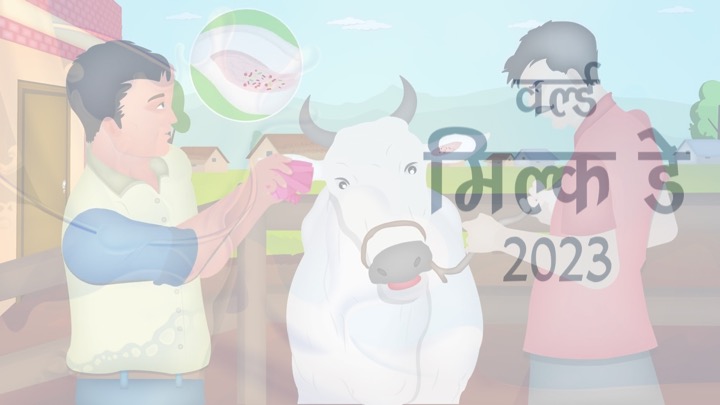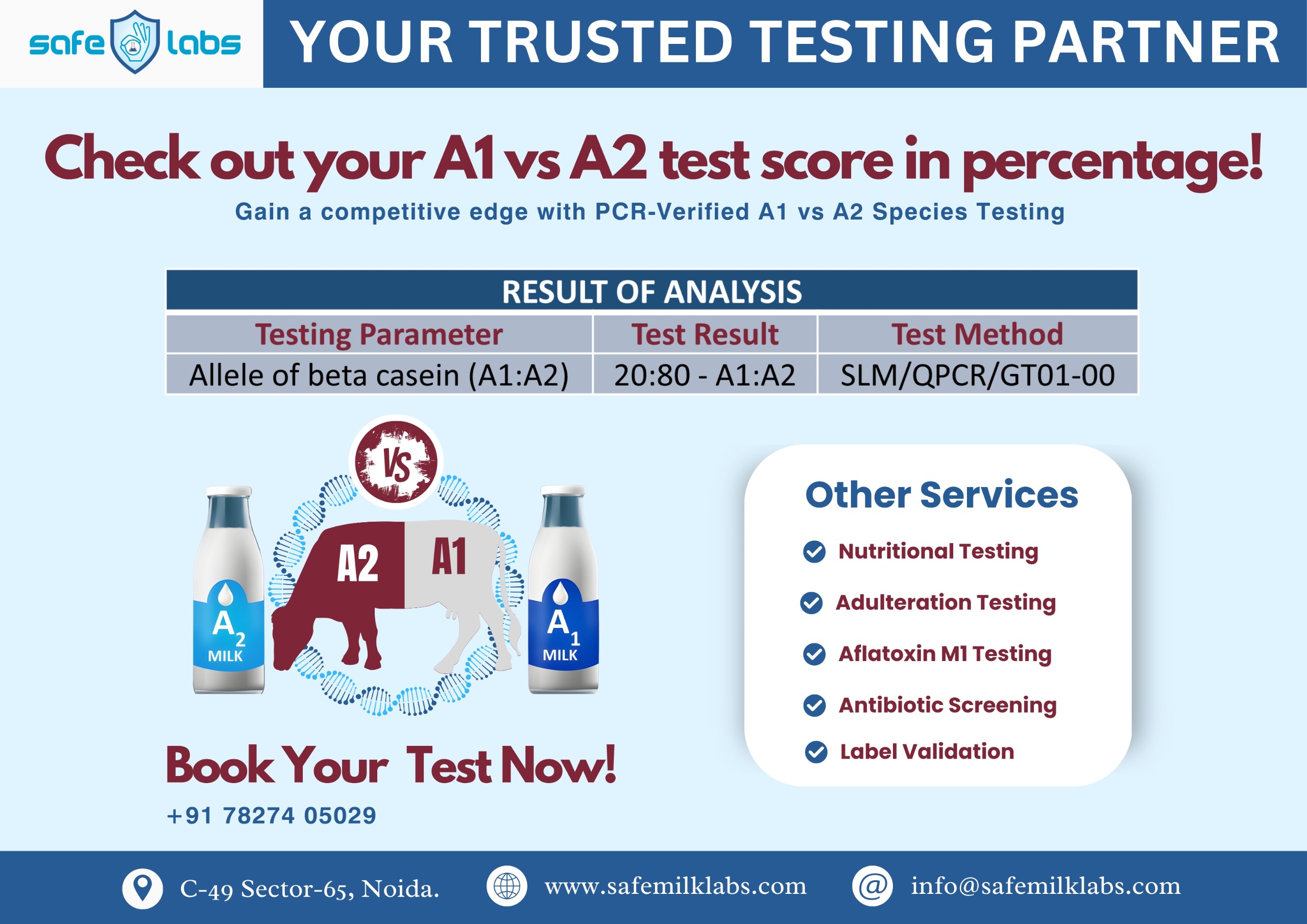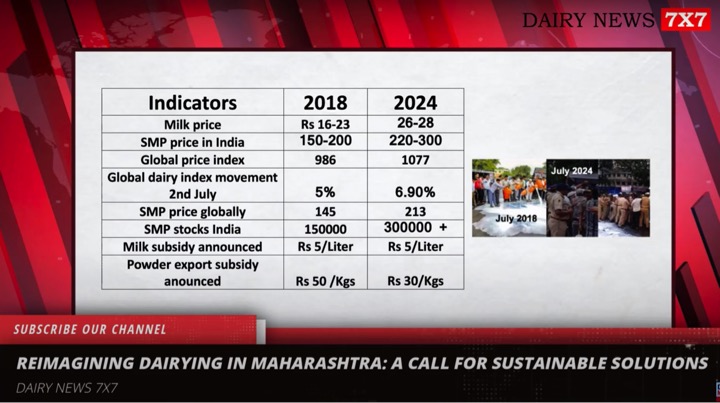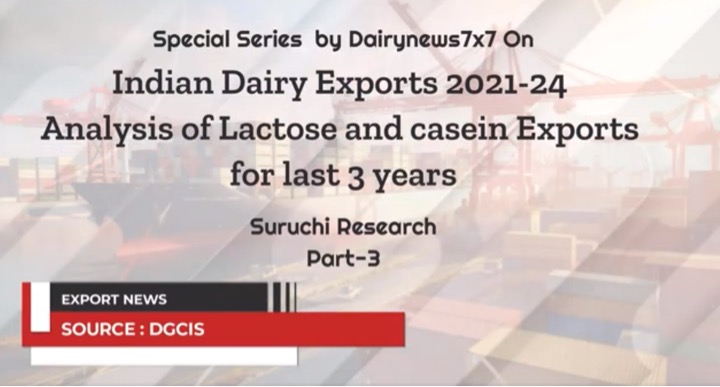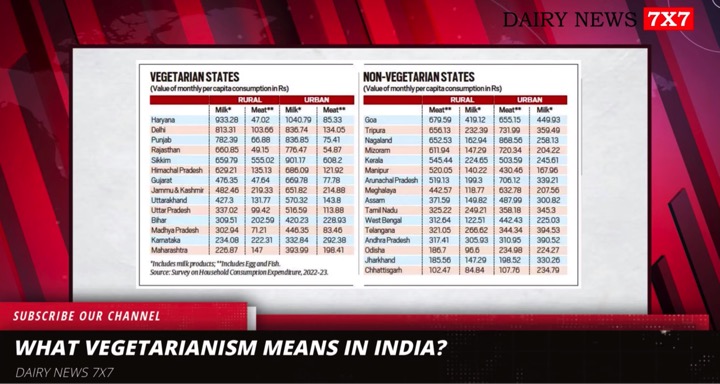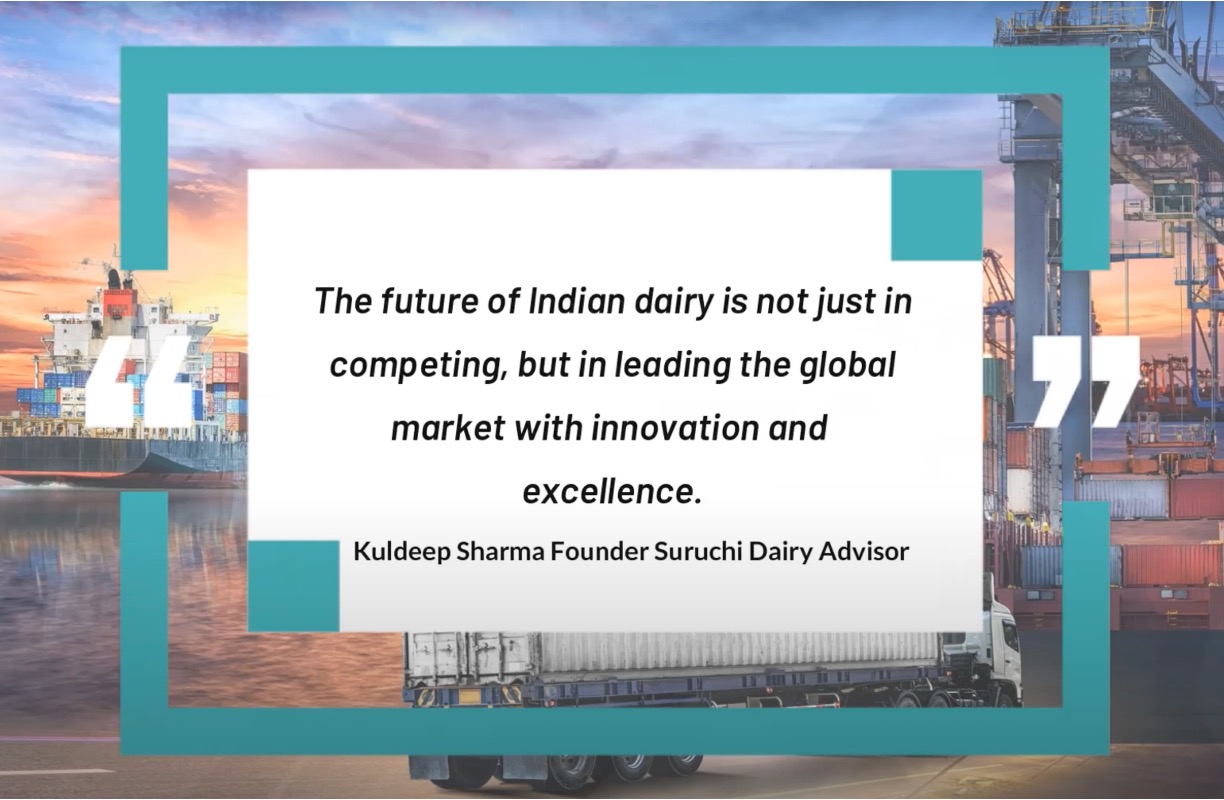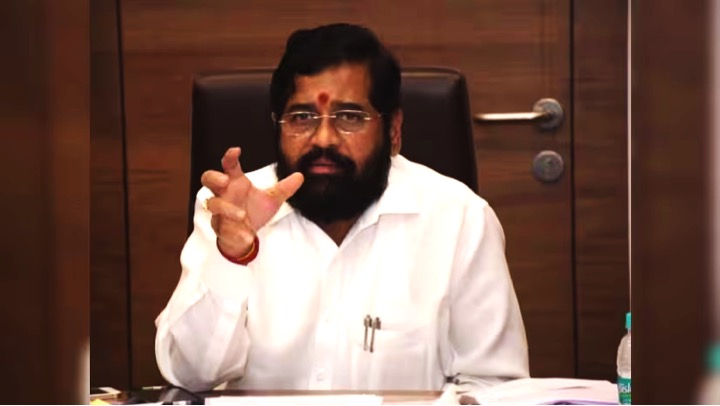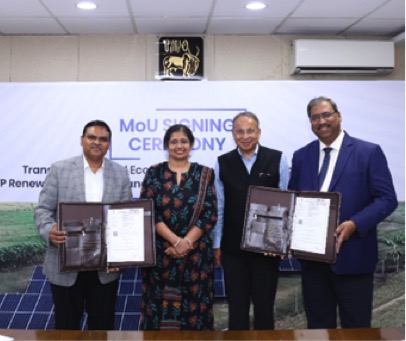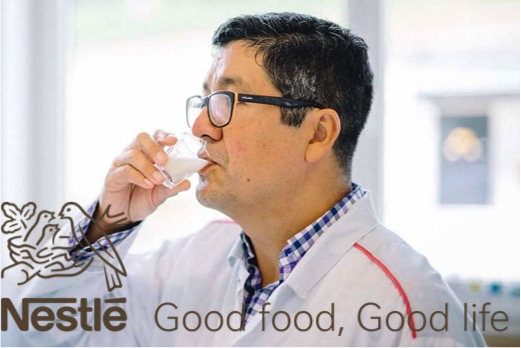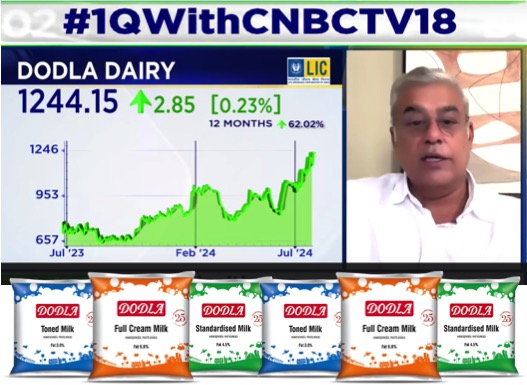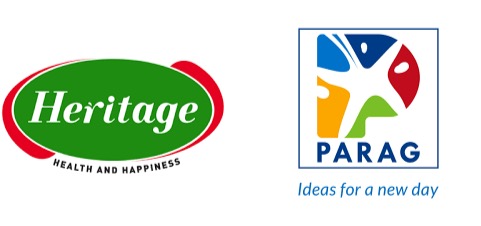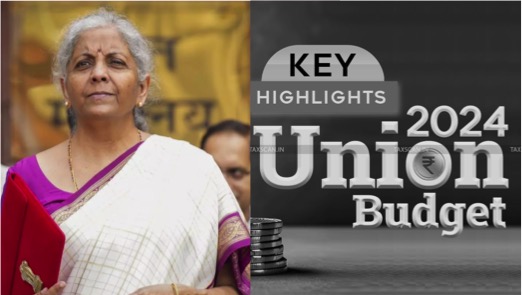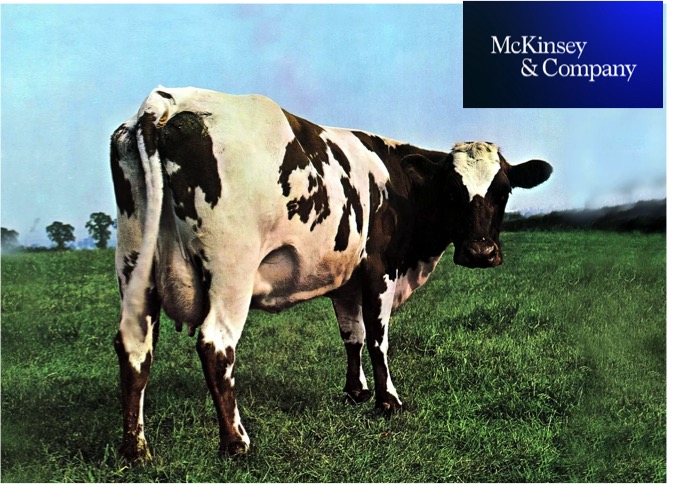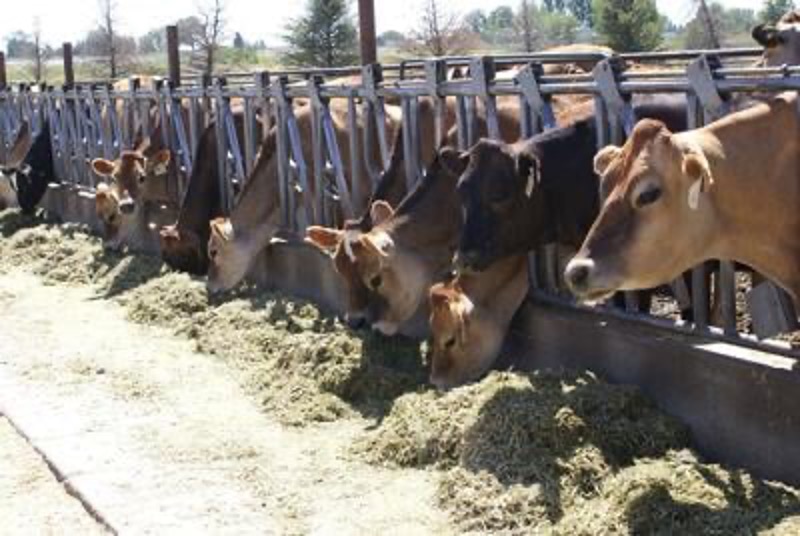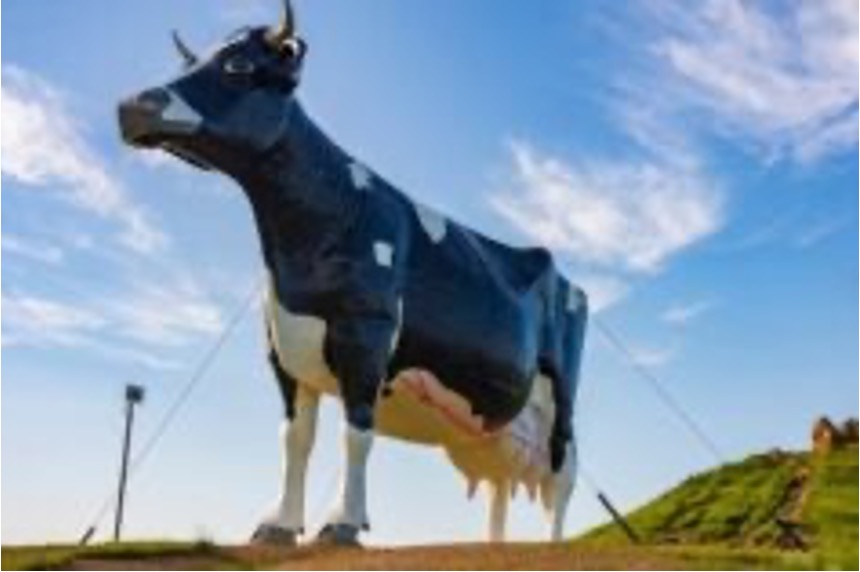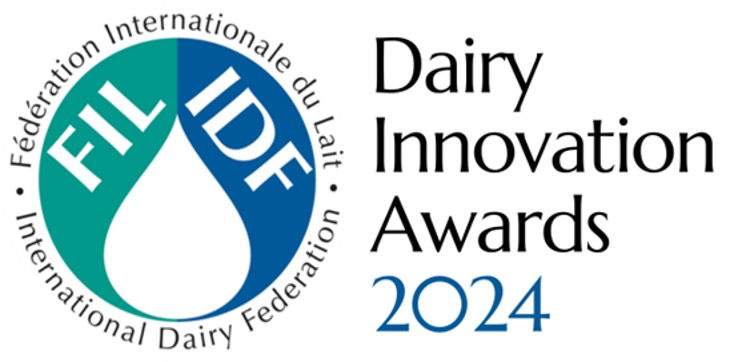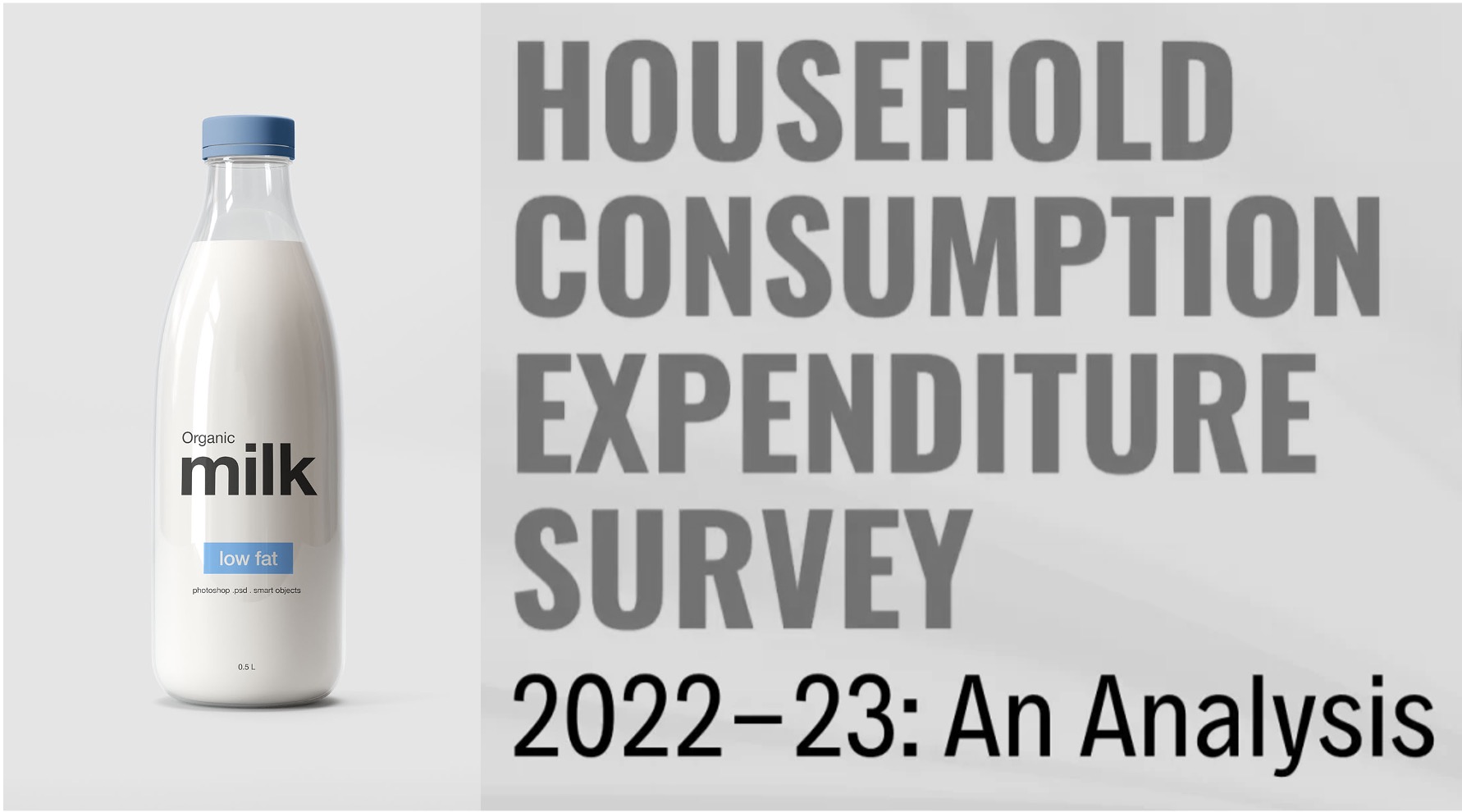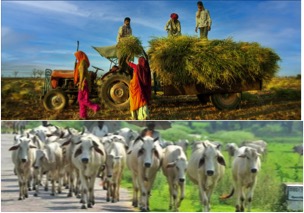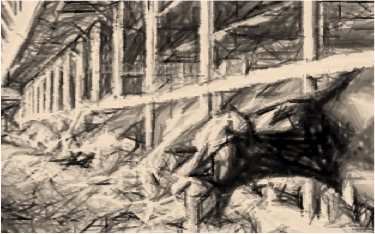World Milk Day, celebrated annually on June 1st of every year is a moment to acknowledge the significant contributions of the dairy sector to nutrition, livelihood, and global agricultural economies. In India, dairy is the single largest agricultural commodity, contributing 5 percent to the national economy and directly employing more than 8 crore farmers. India’s prominence in the dairy sector is national and global, as it ranks first in milk production, contributing 25 percent to the world’s total milk output.
India’s milk production has grown remarkably over the past decade, with a Compound Annual Growth Rate (CAGR) of 6 percent. This surge is evident from the increase in production from 187.30 million tonnes in 2018-19 to 230.58 million tonnes in 2022-23. Further as per the FAO Dairy Market Review (2023) milk production of India is estimated to reach 236.35 million tonnes in 2023-24 registering a growth of 2.5% over the last year beating the world average growth rate. This growth is significantly higher than the global milk production growth rate of 1.3 percent in 2023 over the previous year, highlighting India’s robust development in this sector.
The per capita availability of milk in India stands at 459 grams per day for 2022-23, significantly higher than the global average of 322 grams per day as reported in the Food Outlook June 2023. This abundance not only supports the nutritional needs of India’s vast population but also underscores the efficiency and productivity of the Indian dairy industry.
India has made significant strides in the cooperative sector. Within this sector are 22 Milk Federations/Apex Bodies, 240 district cooperative milk unions, 28 marketing dairies, and 24 Milk Producer Organizations. These organizations encompass approximately 230,000 villages and include 18 million dairy farmers as members.
A notable aspect of India’s dairy industry is the substantial involvement of women, with 35 percent of women participating in dairy cooperatives. There are 48,000 women dairy cooperative societies operational at the village level nationwide, fostering inclusive growth and empowering women in rural areas.
Over the last decade, India’s milk production has grown by about 6 percent annually, reaching an impressive 231 million metric tonnes (MMT) in 2022-23. This remarkable increase underscores the dynamic nature of India’s dairy sector, which supports a vast livestock population of 303.76 million bovines, and 74.26 million goats. India proudly holds the title of the world’s largest livestock owner, with a total livestock population of 536.76 million.
The Department of Animal Husbandry and Dairying is supporting the dairy production by inducting supportive Schemes and Programmes to enhance the milk production and productivity of bovines to meet growing demand of milk and making dairying more remunerative to the rural farmers of the country.
1. Rashtriya Gokul Mission has been initiated in December 2014 exclusively for development and conservation of indigenous bovine breeds in a scientific holistic manner.
For the first time in the country Nationwide Artificial Insemination Programme (NAIP) is implemented toenhance Artificial Insemination Coverage from present 30% to 70% and deliver Artificial Insemination services free of cost at farmers doorstep. As on date 7.13 crore animals have been covered, 8.81 crores Artificial Insemination have been performed and 4.75 crores farmers benefitted under the programme. In order to achieve faster genetic upgradation of bovine population bovine IVF Technology is being promoted by the Department and 20 VF labs now operating in the country and as on date, 21068 viable embryos have been produced out of this 11583 embryos transferred and 1800 calves born. Sex sorted semen production has been introduced in the country for production of only female calves up to 90% accuracy. As on date, production facility has been created at 8 semen stations and 100 lakh sex sorted semen doses produced. For the first time in the world sex sorted semen cattle and buffalo breeds have been produced.
2. National Programme for Dairy Development:
National Programme for Dairy Development (NPDD) is being implemented since Feb-2014 across the country with an objective of creating/strengthening of infrastructure for Production of quality milk, Procurement, Processing and Marketing of Milk & Milk Products through State Implementing Agency (SIA) i.e State Cooperative Dairy Federation. NPDD scheme has been restructured/realigned in July 2021 for implementation from 2021-22 to 2025-26 with the aim to enhance quality of milk and milk products and increase share of organised procurement, processing, value addition and marketing.
Under the scheme, 17.45 lakh new farmers were given benefit of membership of dairy co-operative societies and 83.56 lakh litre of additional milk procured under the projects. About 24.82 lakh litres per day new milk processing capacity has been established and 4193 Bulk Milk Coolers with 94.12 lakh litres chilling capacity has been created at village level milk collection centres. In addition, 6022 Electronic Milk Adulteration Testing Machines, 33854 Automatic Milk Collection Unit with Milk Analyser and 4017 Milk Analysers has been installed for testing and ensuring quality of milk at the collection point itself. About 233 dairy plant laboratories have also been equipped to detect adulterants in milk & milk products and about 10 State Central laboratories have been established for detection of residues, contaminants, heavy metals, adulterants, chemical and microbiological quality of milk and milk products.
3. Livestock Health & Disease Control Programme (LHDCP)
Department supplements the efforts of the State Governments / Union Territories by way of financial assistance through the ‘Livestock Health & Disease Control Programme (LHDCP), which is a Central sector scheme, with the aim of reducing risk to animal health by prophylactic vaccination against diseases of animals, capacity building of Veterinary services, disease surveillance and strengthening Veterinary infrastructure. The major activities supported are vaccination against Foot and Mouth Disease (FMD), Brucellosis(the erstwhile National Animal Disease Control Programme (NADCP) is now component of LHDCP) , Peste des Petits Ruminants (PPR) and Classical Swine Fever (CSF), Assistance to States for Control of Animal Disease (ASCAD) for control of state prioritized economically important exotic, emergent and zoonotic animal diseases and Establishment and Strengthening of Veterinary Hospitals and Dispensaries-Mobile Veterinary Units (ESVHD-MVU). Further, under ESVHD-MVU, the Central Government has provided 100% financial assistance to the States/UTs towards procurement and customization of MVUs to strengthen veterinary health services in far flung areas at farmer’s doorstep.
4. National Livestock Mission
For sustainable and continuous growth of livestock sector Department has launched with National Livestock Mission, focusing employment generation, entrepreneurship development; increase in per animal productivity and thus targeting increased production of meat, goat milk, egg and wool under the umbrella scheme Development Programmes. The excess production will help in the export earnings after meeting the domestic demands. The concept of NLM Scheme is to develop entrepreneur in order to create the forward and backward linkage for the produce available at the unorganized sector and to link with the organized sector.
The scheme is implemented with the following three Sub-Missions:
a.) Sub-Mission on Breed Development of Livestock & Poultry
b.) Sub-Mission on Feed and Fodder development
c.) Sub-Mission on Extension and Innovation
5. Animal Husbandry Infrastructure Development Fund
Under AtmaNirbhar Bharat Abhiyan stimulus package, Animal Husbandry Infrastructure Development Fund (AHIDF) was set-up with the corpus of Rs. 15000 crore. The scheme has been approved for incentivizing investments by individual entrepreneurs, private companies, MSME, Farmers Producers Organizations (FPOs) and Section 8 companies to establish (i) the dairy processing and value addition infrastructure, (ii) meat processing and value addition infrastructure and (iii) Animal Feed Plant.(iv) Breed improvement Technology and Breed Multiplications farms.
The objective of the scheme is toenhance the milk and meat processing capacity and product diversification thereby providing greater access for unorganized rural milk and meat producers to the organized market, price realization for the producer, availability of quality products for the domestic consumer, generating entrepreneurs, promoting exports, quality, and cheap animal feeds and to availability of quality protein rich food to the Indian consumer.


